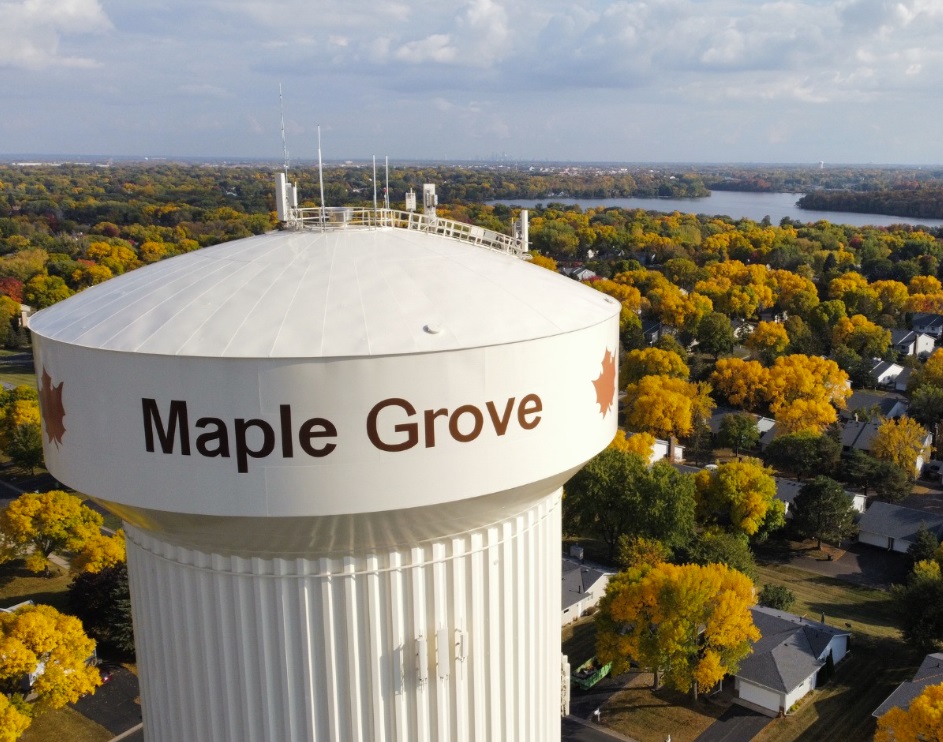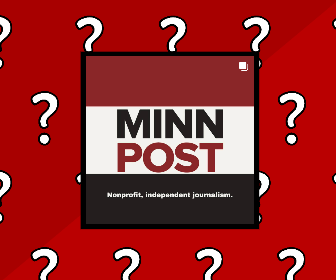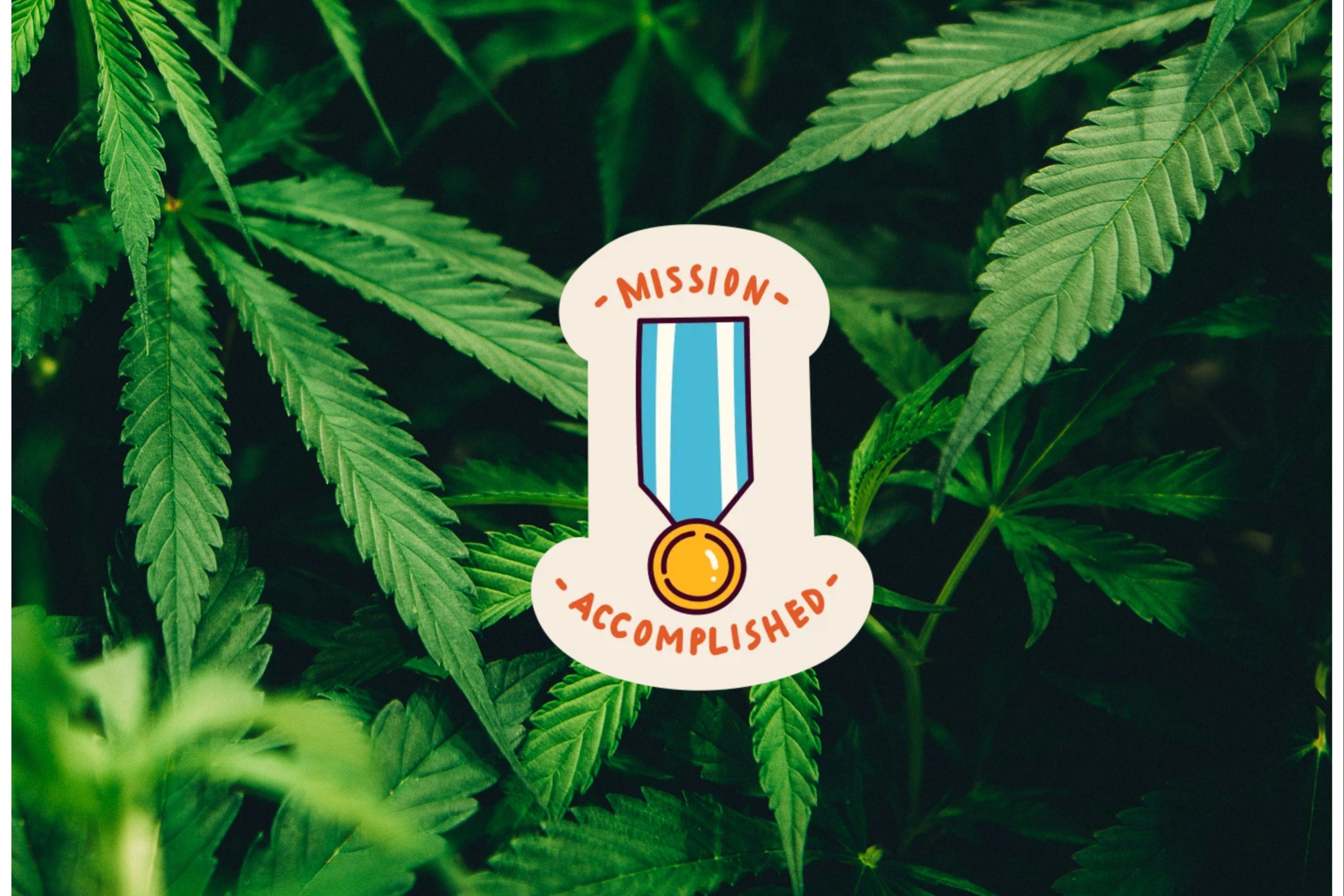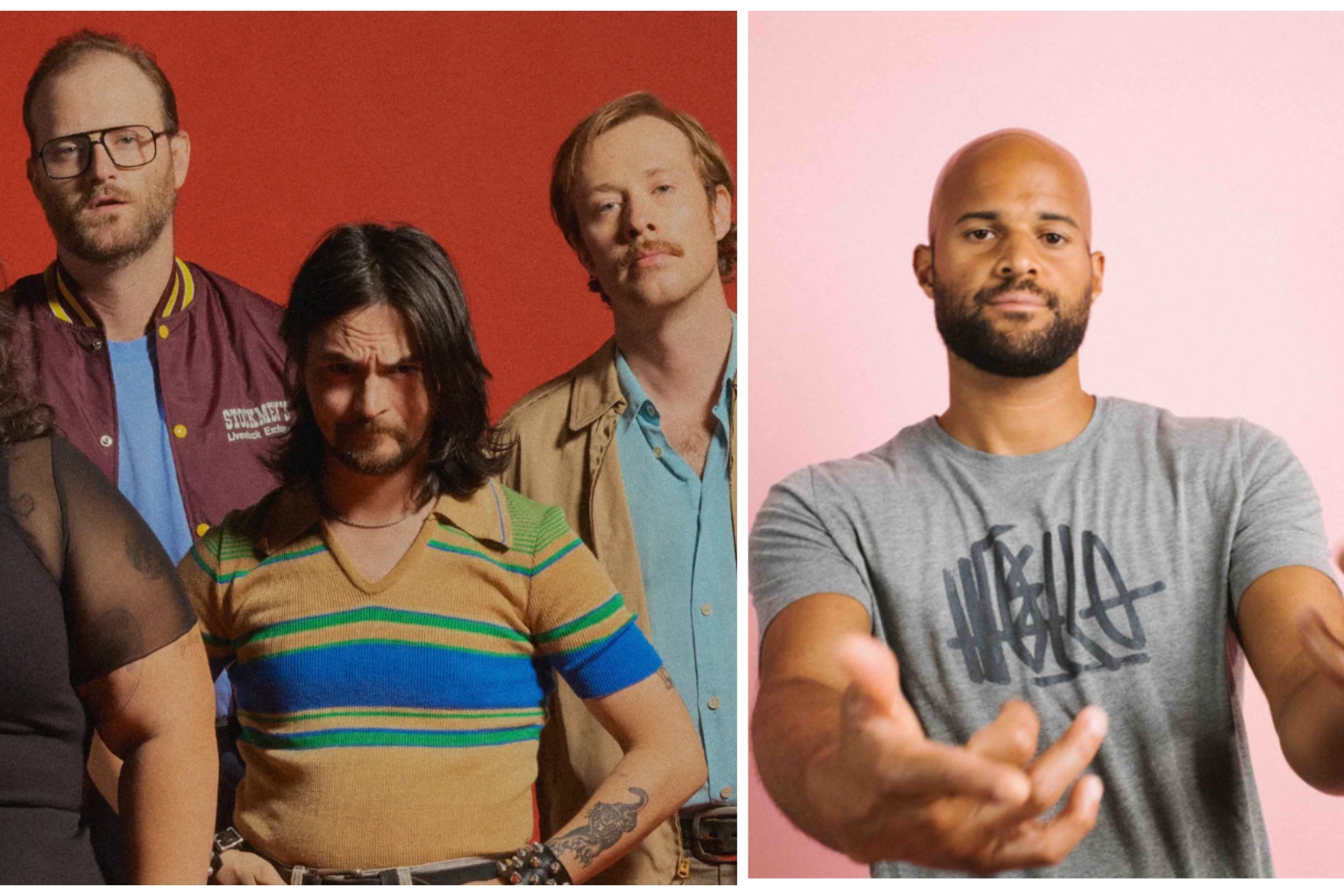Minneapolis Has Two New Gay Bars. That Are Also Old Gay Bars. (We’ll Explain.)
With the reborn LUSH and just-reopened Jetset, it’s a queer nightlife revival in the literal sense—but some things are different this time around. That's a good thing.
7:57 AM CDT on June 8, 2022
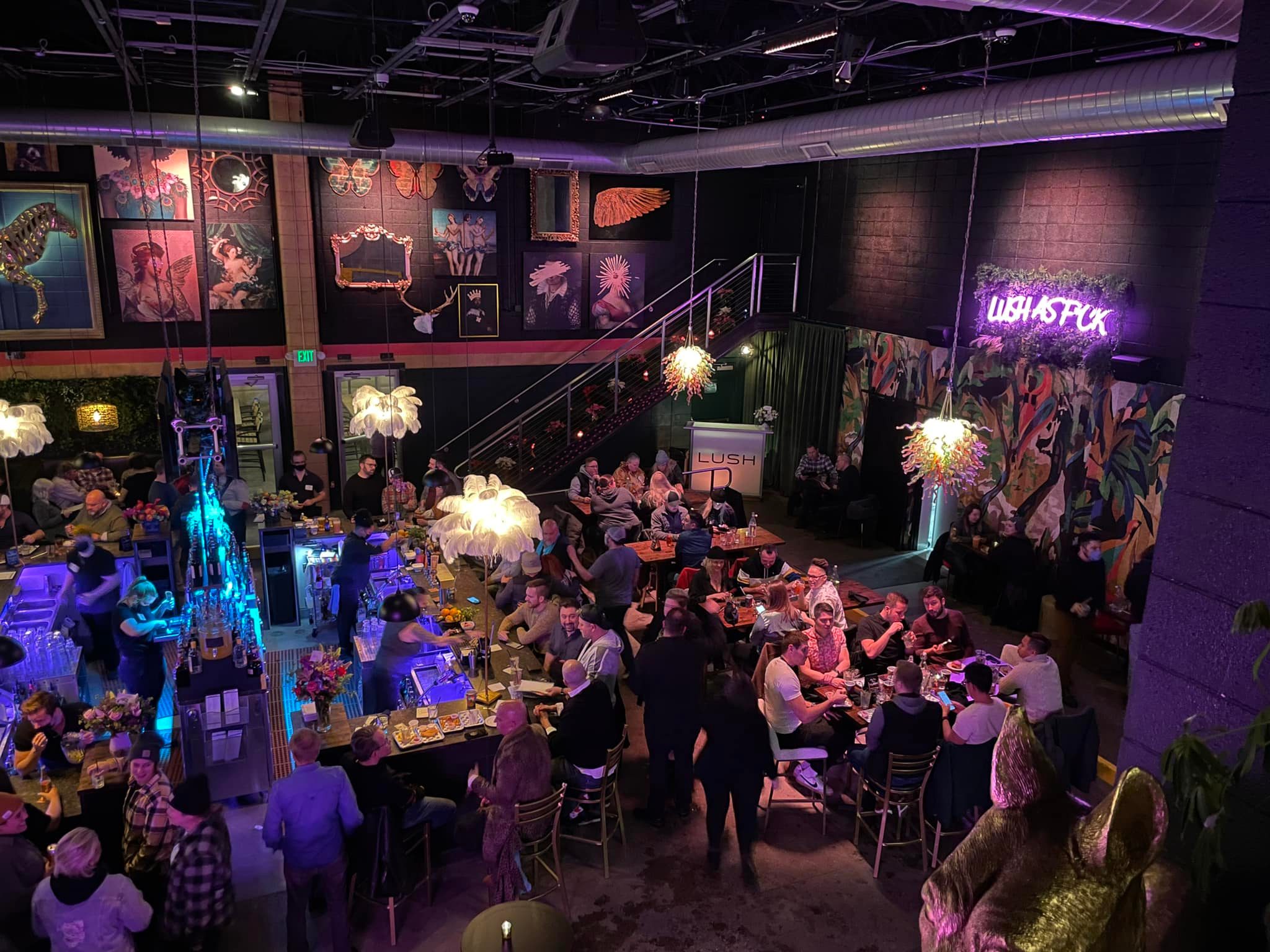
If you recognize this headline construction from our story about the MSP International Film Festival no you don’t.
“It’s so funny, I feel like we’ve become more popular since we’ve closed,” laughs Jetset’s Peter Kirihara.
Isn’t that always how it goes?
Jetset, the North Loop gay bar Kirihara opened with business partner Susan Liesch in 2001, made it longer than a lot of bars, closing in a blaze of Madonna and Mariah Carey in 2018 after their landlord sold the building at 115 N. First St. to developers. But Jetset’s owners never stopped looking for a way to bring it back. “We were always searching for a location,” Kirihara says. “Before that, after that. It always seemed like we weren’t finished yet, to be quite honest.”
After years of searching, Jetset landed a lease in another storied space: the subterranean address on E. Hennepin Avenue that was home to the beloved nightclub Honey for more than a decade. Jetset Underground opens this Wednesday.
Jetset’s revival makes it the second Minneapolis gay bar to return in recent months. LUSH, which closed abruptly and unceremoniously in 2020, is also back, operating at the same address but with a new group of co-owners that includes media personality Jason Matheson and Jared Lawrence, a.k.a. drag performer Nikki Vixxen.
Gay bars once played a significant role in queer communities; they were where people met, communed, danced, drank, laughed, shot pool, watched music videos, cried. But they’ve declined in prominence over the last two decades. As rents have skyrocketed, cities have gentrified, and social media and dating apps made it easier than ever to physically and emotionally connect, the number of queer bars has dwindled to near-historic lows. You can just about count the number in the Twin Cities on one hand.
The recent return of these two Minneapolis institutions mirrors an emerging movement around the country. From Los Angeles to D.C. to Queens, a new generation is working to bring gay bars back. And not just bring them back, but do so in a way that’s more inclusive, more intentional—and might even involve some really good biscuits.
“Queer spaces are evolving with the times,” Lawrence says. “The term ‘gay bar’ almost goes away. Because it’s not just a gay bar, it’s a space for anyone, really.”
The last time there were this few gay bars in the Twin Cities would have been before World War II.
In her essay “Skirting Boundaries: Queer Bar Culture in the Postwar Twin Cities,” Amy M. Tyson explains that there were only a handful in the Twin Cities before and during WWII, including Kirmser’s in St. Paul and the Viking Room and the Persian Palms in Minneapolis. More popped up after the war was over—and for a long time, these were the main meeting places where queer people could come together and socialize.
But that these spaces existed, and were semi-public, did not mean that their patrons were necessarily safe, either from bigoted passersby or from the police. There was still the very real threat of arrest, of being evicted or fired if your sexuality came to light, and of physical violence. Jean-Nickolaus Tretter, an early LGBTQ activist in the Twin Cities, told Mpls. St. Paul Magazine in 2020 about his experience at the Dugout, which served the gay community in Minneapolis’s Gateway District from 1939 to 1959:
“Lesbians sat in front of the bar, gay men sat in the back. And the bartenders had whistles around their necks. When they saw cops coming to raid the bar, they’d blow the whistle, everyone would get up and move, and the lesbians would sit with guys, guys would sit with lesbians. That way when the cops came in it was just a normal bar and everyone was sitting together. Cops leave—back to it.”
Gay bars like The 19 in Loring Park, which has been open for 70 years and remains a wonderful watering hole for darts and pool to this day, were dark and unassuming. No Pride flags would have flown outside; discretion was, in those early days, the name of the game.
Over time, as laws changed and social attitudes shifted, that started to evolve. “When The Saloon put in windows, it was like, look in, see this culture, see these experiences,” says LUSH’s Lawrence.
Nationally and locally, gay bars mostly held on through the ’90s. The Washington Post, citing research by Oberlin College professor Greggor Mattson, reports that the number started its decline in the 2000s. “Gay bars were never just hookup places, but they were places to meet other LGBTQ+ people, and now that you can meet them from your bedroom or while you’re waiting for the bus, that has taken away some of gay bars’ monopoly on being the place where you find other LGBTQ+ folks,” Mattson told the Washington Post. And the dropoff was steep.
The number of gay bars nationally fell by 37 percent between 2007 and 2019, according to Mattson’s research, while the number of queer bars serving people of color fell 59 percent and the number of lesbian bars dropped 52 percent. Many were long-standing LGBTQ+ institutions.
At the tail end of that era, the Twin Cities lost several of its remaining holdouts in short succession. Jetset’s 2018 closure followed the shutdown of Town House, the oldest gay bar in St. Paul and second-oldest in the Twin Cities, which shuttered that same summer. And then in 2020, during Pride weekend, LUSH shut down suddenly, with its former owners informing workers of their unemployed status via Facebook.
“When LUSH closed, it really felt like, ‘Oh my gosh, do we really just have the Saloon, the 90’s, the Eagle, and the 19? Is that it?’” recalls Lawrence. “In such a big city, and such an open-minded and welcoming city, it just didn’t feel like that’s enough.”
Factors were varied: gentrification, the changing landscape of U.S. cities, the pandemic. Some bars, like Town House, held on for decades; their owners were ready to ride off into that proverbial sunset.
“Town House had a really big heyday before the light rail, and then the light rail construction really hit it hard, and it never came back to what it was,” says Wes Burdine, who bought Town House in 2018. (Racket is a pro-light rail publication; this is not an attack on the light rail.) “So a lot of it is feeling like we’re trying to reinvigorate it, and reinvent it in a way that gets back to what it had.”
Oh, right: Before we talk about LUSH and Jetset, we should talk about The Black Hart of St. Paul, which kicked off the current queer bar revival by… never actually ceasing to be a queer bar at all.
Burdine wanted to open a soccer bar—and he’s straight—which is why, for a long time, he hesitated to reach out to longtime Town House owner Holly Monnett.
“The last place I wanted to approach on this stretch was Town House, particularly because I knew the idiocy of trying to put a soccer bar in the oldest gay bar in St. Paul,” he says. “That was like, stupid. Like, my friends and family would have flayed me alive.”
But he’d gotten enough “no’s” from other building owners, and Monnett was ready to sell and looking for a buyer—just not someone who’d turn the beloved building into condos. (She’d gotten plenty of those calls over the years.) Burdine was that buyer. And he figured there was a way to have the soccer bar he wanted while preserving the space for the queer community. Thus, The Black Hart of St. Paul was born.
One of the first things he did was to talk to the existing clientele. This was an older group of queer folks than you might find at other local clubs: “The young people had kind of decamped to LUSH and other places,” Burdine says. In a city with tons of young people where there are also limited options in terms of LGBTQ+ spaces, he wanted to find out what was missing that might keep them from visiting Town House—or Black Hart. “So it was talking to them about: What was the Town House? What are the essential parts of this that I need to understand and we need to maintain?”
Some things stayed the same, including nearly the whole staff, and many of the recurring drag shows. But new ownership, along with a new pool of clientele and eventually some reimagined shows, was enough to breathe much-needed life back into the nearly 80-year-old building.
Burdine’s “gay soccer bar” vision might have been met with skepticism and outright anger by some (including this reporter) back in 2018, but it turned out to be just what the bar needed to survive and thrive. And Black Hart’s revival mirrors what other organizers believe. In order to survive in 2022, they’ll have to create spaces that are better and more inclusive than their predecessors.
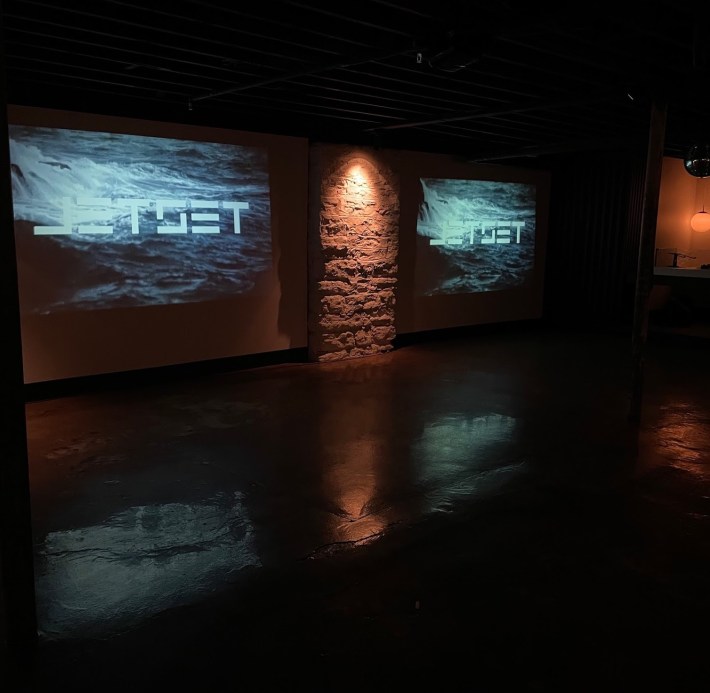
Because the other thing is, as Lawrence notes: Queer culture has gone mainstream, especially in the last decade. Thank Drag Race, or legalized same-sex marriage, or Jonathan Van Ness—in any case, gone are the days of his queer youth, when gay bars were the only spaces to see a drag show, or to meet and spend time with other people in the queer community.
“People started getting creative, saying, ‘Well, if the queer spaces aren’t going to offer these events, we’re going to find somewhere else to do them,’” Lawrence says.
Flip Phone, for example, now hosts multiple drag brunches on downtown Minneapolis rooftops each weekend. Since 2013, when it got its start at The Nomad, Grrrl Scout has hosted queer pop-up parties at venues all over town, including Hook & Ladder and The Cabooze.
Kristen Blekum and Jac Boyum, answering jointly by email, explain that Grrrl Scout exists to provide an alternative to the typical gay bar. Their goal was then and is now “to create safe entertainment spaces specifically for queer, trans, and non-binary folx.”
Asked whether queer bars in the Twin Cities seem representative of the broader community, the two respond, “Not really,” noting that in Minnesota and throughout the country, few bars for lesbians, non-binary people, and trans people exist.
“Minneapolis and St. Paul no longer have any bars that cater to those communities, and some of the biggest cities in the country are down to their last,” they write. “It is extremely disheartening… but begs the question, are they sustainable? It calls into question wage gaps, gentrification, and resources when we compare our community to the cis, gay, male community.”
“Queer dance parties help fill that gap to some degree,” they conclude, “but it still feels like something is missing.”
There’s no one-size-fits-all answer for what a gay bar should look like or be in 2022. For Lawrence—along with new LUSH co-owners Andrew Rausch, Jason Matheson, and Jennifer Lueck, who bought the building in 2021 for $2.6 million—it means trying to create a space where all feel welcome.
They’ve redesigned the interior to feel cozier and more inviting, with bold colors, kitschy wall art, and lots of textures. And they’re serving the ultimate comfort food: biscuits, courtesy of Betty & Earl's Biscuit Kitchen, which is co-owned by Matheson and Lueck and which is in charge of the brunch and dinner menu. The old LUSH had food, but not like this.
Since opening in late December, Lueck says they’ve consistently sold out every weekend show and now plan to add some additional shows. (“Some folks think 10 a.m. is a little early,” she chuckles.) There’s been a lot of interest in hosting private events in their space, “and I think it’s because people want to support the LGBTQ community in a venue that’s unique,” she says.
At Jetset, now known as Jetset Underground, food is a new addition. Chef Andrew Schiff of Oak & Fig is overseeing a happy hour menu (5-8 p.m.) of “snacks that could also be dinner,” as Kirihara calls it. They’ll have a Kramarczuk’s hot dog in a blanket (they’re calling it a pup in a blanket), cast-iron baked servings of macaroni and cheese, sandwiches served on rustic bread from the Food Building’s Baker’s Field Flour & Bread. You’ll also find one of Schiff’s specialites: scratch-made hand pies. (They’ll rotate from time to time, but there’s a caramelized onion and gruyere option to start.)
Other than the menu, though, Jetset Underground should be instantly recognizable to many.
“When we closed Jetset, we saved everything,” Kirihara says. “We didn’t know how it was going to be reused, but the things we could take, we saved. Even though it’s a completely different space, people come down, and they’re like, ‘Oh my god, I love that there’s familiarity with the old Jetset.”
During preview weekends leading up to Wednesday's grand opening, some have even recognized the light fixtures.
“And you know, who paints their bar white? Well, I do,” Kirihara laughs.
As for what’s causing this minor gay bar resurgance, neither Kirihara nor LUSH’s new owners feel they can say for sure. Covid may actually be partly to thank; as Vox noted in May 2020, the isolation of the pandemic brought our need for queer spaces into sharp relief.
Lawrence posits that it could be a reaction to the closures that have happened over the last decade—that maybe we had to hit a low point to realize spaces like this were worth saving. “When you started to see bars closing, I think people realized: Wait, what happens if they truly all close? Where do we go? What do we do?”
And maybe it’s as simple as the fact that there’s nothing else quite like ‘em in town. They closed; they were missed; nothing else came along to fill the space they once occupied in the community—and now they’re back.
“Jetset kind of fills a niche, you know, we’re not a big club—we’re a queer, restaurant-bar environment, and it’s kind of different from everything else,” Kirihara says. It’s different from LUSH, from the Saloon, from The Gay 90’s or The 19 or EagleBOLTbar—a little swankier, a little more secluded.
And it's different from its previous self, too: “The genesis, back in 2001, was that it was a gay bar—which, back then, really meant ‘gay men,’ to be quite honest," Kirihara says. "But now, it’s different—now it’s a queer bar, it truly is LGBTQ+. And hopefully our clientele will be more expansive, too. I think hopefully that will be different this time.”
“There’s room in the market for this, and obviously there is demand for these kinds of spaces,” Lawrence adds. “You’re kind of seeing this second coming of queer spaces.”
The hope, for organizers like Blekum and Boyum with Grrrl Scout, is that this second coming won’t be limited to one group of queer people. That it will take into account those who are trans, those who are not white, and those who have to consider, walking into a bar, whether they’ll be safe in a space that’s not explicitly for them—something their straight, cis, white counterparts take for granted.
“Our community has other questions to consider such as, ‘Is this a safe space?’ ‘Can I use the bathroom that best represents me?’ ‘Can I be affectionate with my partner?’” they explain. “Having queer spaces (and by no means do we imply that any space is totally safe) means hopefully that we, as queer people, don’t have to question if it’s OK to just be ourselves. And that’s an incredibly freeing feeling.”
Read More:
Stay in touch
Sign up for our free newsletter
More from Racket
Maple Grove’s Restaurant Row: Where Else Can You Find Sysco and (Maybe) Sisqó?
Plus MN's lawbreaking lawmakers, Italian Eatery to close, and the city of Minneapolis's Black employee problem in today's Flyover news roundup.
What Happened to MinnPost’s Instagram?
'It's just frustrating—why our account? We're a small, local nonprofit.'
Weed Weview Wewards 2024
All the things I tried and loved after a year and a half of sampling.
Two Harbors Man at Center of Alleged $46M Renewable Energy Swindle
Plus charges filed against alleged Nudieland killer, Icehouse faces eviction, and students arrested for peaceful protesting in today's Flyover news roundup.
It’s Your Very Last Complete Concert Calendar for April 2024: April 23-29
Pretty much all the live music you can catch in the Twin Cities this week.
